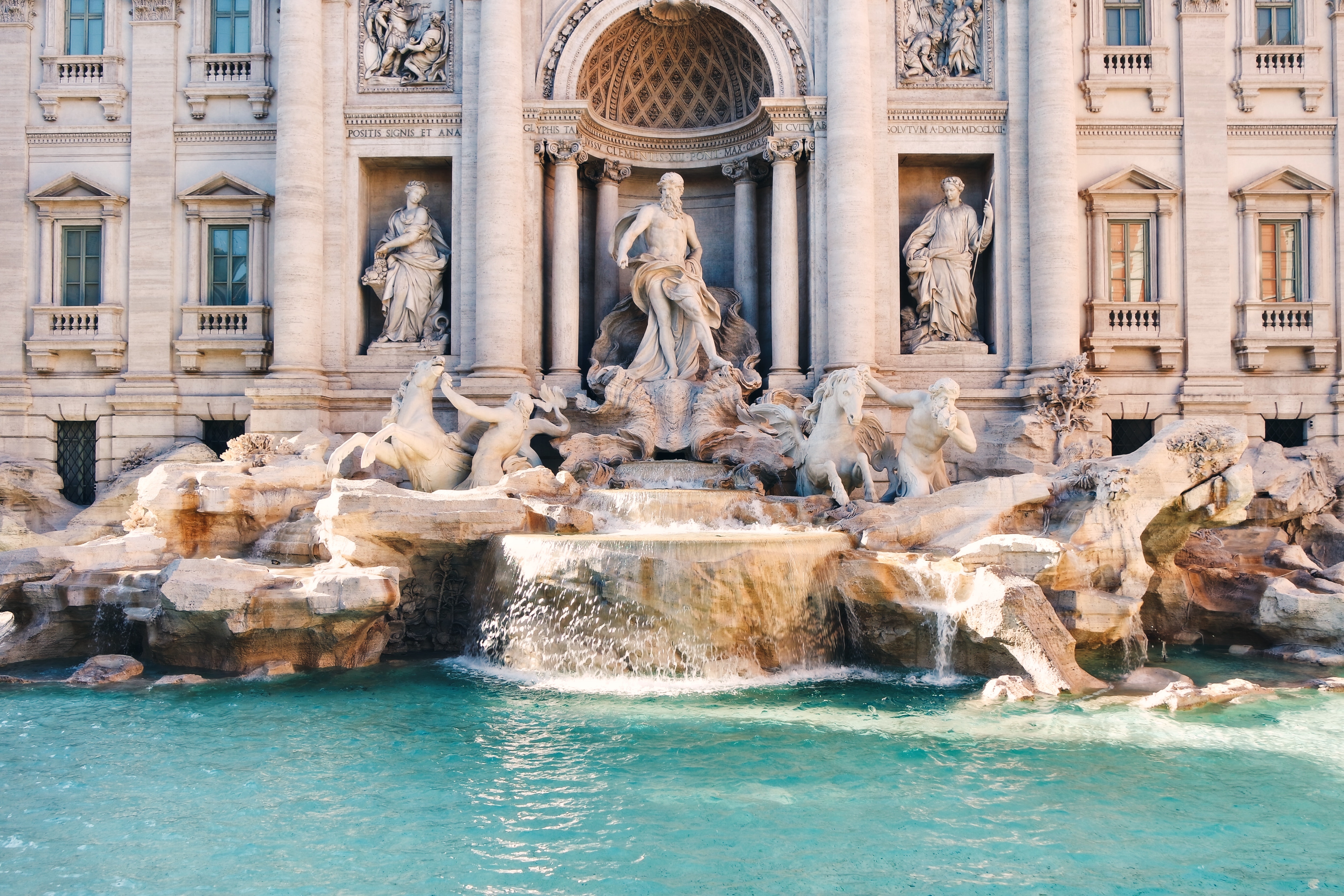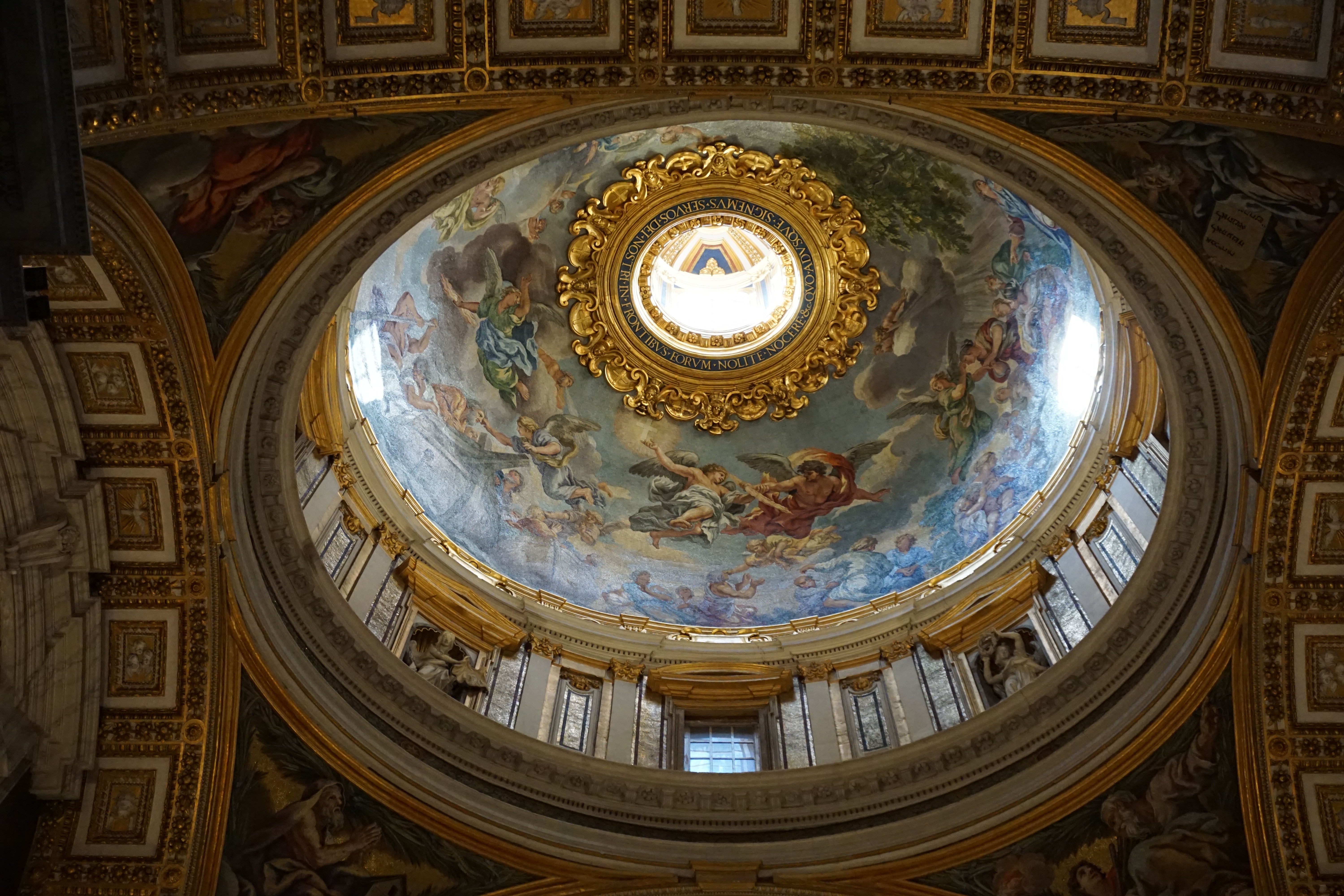
Rome
Rome, the capital city of Italy, is a timeless destination that effortlessly combines ancient marvels with a modern cosmopolitan atmosphere. As you walk through the streets, you'll be immersed in a captivating blend of history and contemporary life. The Colosseum, the Roman Forum, and the Pantheon serve as reminders of Rome's glorious past, while trendy neighborhoods like Trastevere offer a glimpse into the vibrant local culture.
Rome's culinary scene is a feast for the senses, with traditional trattorias serving up authentic pasta dishes and gelaterias offering delectable gelato flavors. From the enchanting Trevi Fountain to the picturesque Spanish Steps, Rome presents a plethora of iconic sights that leave a lasting impression on all who visit. Rome is a city that breathes life into the arts and culture.
Places
Rome top attractions

Colosseum
The Colosseum is an elliptical amphitheatre in the centre of the city of Rome, Italy, just east of the Roman Forum. It is the largest ancient amphitheatre ever built.
Address
Piazza del Colosseo, 1, 00184 Roma RM, Italy
History
The Colosseum was primarily used for gladiatorial contests, where skilled fighters would battle each other or wild animals for entertainment purposes.

Trevi Fountain
Trevi Fountain is the most beautiful fountain in Rome. The Trevi Fountain is an 18th-century fountain in the Trevi district in Rome, Italy, designed by Italian architect Nicola Salvi and completed by Giuseppe Pannini in 1762 and several others.
Address
Piazza di Trevi, 00187 Roma RM, Italy
History
It has become a tradition to throw coins into the water. One coin for good luck or two coins to find your love in Rome and three to get married (or divorced).

Vatican Museums
The Vatican Museums, located within Vatican City in Rome, Italy, hold a vast collection of art and historical treasures.
Address
00120 Vatican City
History
The origins of the museums can be traced back to the early 16th century when Pope Julius II began collecting ancient sculptures for the papal residence. Over the centuries, subsequent popes continued to acquire and commission artworks, expanding the collection.